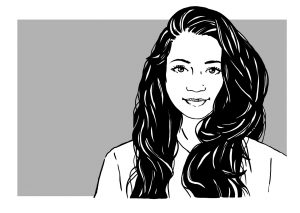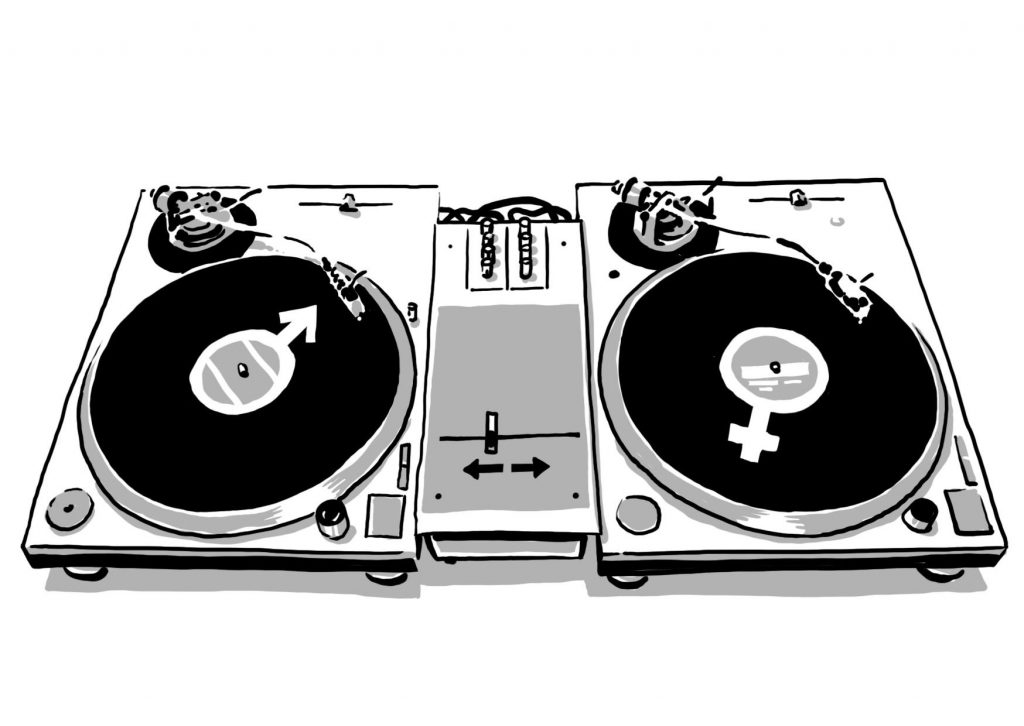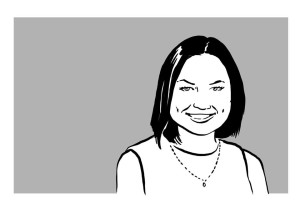In April 2015, Nepal was hit by a devastating 7.8 magnitude earthquake. The ensuing flood of international humanitarian organisations, armed with tents, blankets and hygiene kits, sought to provide all victims with equal access to aid – but disasters do not affect all groups equally, and women and other gender minorities are at increased risk following a disaster. The Governance Post sat down with Maliha Fairooz, Investment and Partnerships Coordinator with Restless Development Nepal and recent graduate of NOHA’s Master of International Humanitarian Action program, to discuss the importance of gender mainstreaming in humanitarian action.
Why is it important to mainstream conceptions of gender into humanitarian aid?
Humanitarian crises seldom affect everyone uniformly. There are gendered impacts of everything, particularly in situations of humanitarian crisis when the pre-existing protection structures in a society collapse. Therefore, it is essential to take into account differing gender needs whilst taking humanitarian action and distributing aid.
How are men and women differentially affected by a natural disaster, and how can their coping strategies differ?
There is a direct link between gender roles and how people are affected by natural disasters. For example, in Bangladesh, it was noted during a typhoon that far more women were affected than men, due to their longer hair and clothing (saris) getting stuck in trees and plants while they were trying to get away. Furthermore, women had never learned to swim, which led to them drowning. The coping strategies are different in several spheres, for example, women adopt a more protectionist approach due to the severely high amounts of gender based violence they are prone to during times of distress, as opposed to men.
Given that service-oriented skills taught to women are least likely to be in demand following a disaster, how does gender play a role in disaster vulnerability?
When it comes to skill-building after the disaster, women are often taught very gender-disaggregated skills (such as tailoring or skills needed for beauty parlour), as opposed to men who learn mechanical, electrical and other vocational skills that contribute to a higher income than women. Furthermore, in situations where women come from areas with high rates of male economic migration, women are the breadwinners of the household and face greater affects of losing livestock and crops as there is only one stream of income.
It is well-documented that women are often strong and resourceful disaster responders – how can aid agencies mobilise women in their disaster management strategies?
The engagement model of any humanitarian response must engage those affected. Otherwise there is a power dynamic involved and it creates a sense of gift-giving, making those affected feel helpless. Almost half the population of the world is female: it is essential to engage that half of the population to ensure that there is a balance of power and resources. Women’s economic power must be ensured in non-gender stereotypical income streams. However, it is also important to engage men and boys and take into account cultural norms, in order to do no harm. It has been noted that a sharp increase in female livelihood can lead to an increase in gender-based violence, as societally-engrained gender roles and toxic conceptions of masculinity have led to men feeling worthless.
I know that your (critically acclaimed!) Master’s thesis focused on the impact of the earthquake on Nepal’s transgender population. What challenges did they face specifically, and how can this vulnerable group be adequately protected within disaster management strategies?
This was both interesting and saddening to see. Transgender people received no support other than the kind that they generated on their own. Despite the legal recognition of transgender people in Nepal – transgender people have had the right to choose a third gender category on citizenship documents since January 2013 – neither the UN nor the government provided aid beyond the binary. All the camps and facilities were broken down into male and female, but nothing as such was available for transgender people. Blue Diamond Society set up a camp to support LGBT+ people as a whole, but it was by LGBT+ for LGBT+.
Transgender people faced a great deal of gender-based violence because of the gender stereotype that most work as prostitutes. Many reported being harassed and groped. Others noted how tensions rode high because of the collapse in protection structures, including the police force and the legal system. This led to further marginalisation. Since many either work in the entertainment industry or are engaged in commercial sex work, they also lost their main source of income in the aftermath of the earthquake. There is a serious lack of access to other forms of livelihood for transgender people since they are stigmatised and continually excluded socially. I think that it is essential for humanitarian action to step outside of the binary. Gender is a spectrum and different people have different needs; two categories cannot address their range of issues.
What are some aid agencies working in Nepal whose gender-sensitive strategies you admire?
UNWomen is great. I like their strategies, as well as those of the Blue Diamond Society. However, I think when it comes to gendered responses, UNWomen have to break the binary. The way they approach aid often feels like the concept of gender is equated uniquely with women. We need to break out of this mindset and note that gender is a spectrum. I think there is a lot of room for improvement from here on.
Moving forward, what should be kept in mind for international humanitarian organisations to incorporate gender mainstreaming into their action plans?
Firstly, emergency camp planning must be done in a gender-responsive way, with clear and safe access to WASH and other facilities for all genders. Gender must be viewed as a spectrum. One of the things overlooked following Nepal’s 2015 earthquake was the distribution of dignity kits designed to assist with personal hygiene. These were distributed to women – but not to transgender men, who identify as male despite still having female anatomy (and therefore may require products for menstrual hygiene management).
I think it is important to see gender as an issue beyond the binary, and beyond a protection issue. At the moment there is only one cluster in humanitarian action which focuses on gender – the protection cluster. We need to view gender as a standalone issue, as well as a mainstreaming issue. But what we don’t want is to see gender as just an issue of protection. This feeds into the system of patriarchy: addressing women and gender minorities as weaker and in need of protection in turn enforces hyper-masculine gender norms. It is essential to detach from that.
Isabela Vera is a Master of International Affairs candidate at the Hertie School and an Executive Editor at the Governance Post. Her research interests include disaster management and social protection policy.
 Maliha Fairooz works for a youth-led INGO called Restless Development Nepal and is a recent graduate of NOHA Master in Humanitarian Action programme. She is a passionate human rights activist specialising in gender, youth and LGBT+ rights, with work and academic experience in nine countries across Asia, Africa and Europe.
Maliha Fairooz works for a youth-led INGO called Restless Development Nepal and is a recent graduate of NOHA Master in Humanitarian Action programme. She is a passionate human rights activist specialising in gender, youth and LGBT+ rights, with work and academic experience in nine countries across Asia, Africa and Europe.

